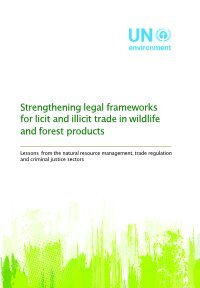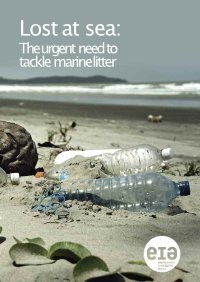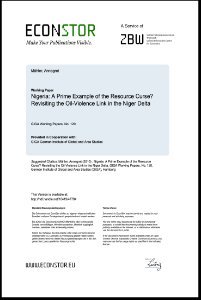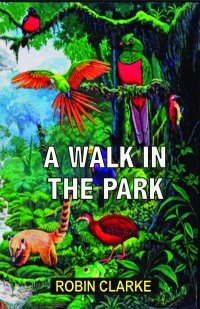By Livia Wagner
Criminal groups quickly recognized that controlling large swaths of land and illicit and legitimate enterprises linked to illegal gold mining in the Peruvian Amazon enabled them to generate larger profit margins with fewer risks due to the lack of a government law enforcement presence. Gold constitutes an ideal medium for criminal groups to launder proceeds obtained from other illegal activities. Compared to other natural resources and illicit goods, gold is valuable by volume. Also, COVID-19 is not only having an impact on the global economy and surging unemployment. It is driving gold prices to historical record highs since 2012, leading to an influx of illegal miners to unlicensed mining sites where they invade protected indigenous lands, stripping swaths of forest bare, poisoning rivers with mercury, and laundering illegal gold through mineral shops. The nexus between illegal mining and other organized crime complicates the design of strategies to address this problem effectively. Specifically, intersections with human trafficking and forced labor, migrant smuggling, and the drug trade have been identified. However, the form and degree can vary significantly.
Miami: Florida International University, The Jack D. Gordon Institute for Public Policy, 2021. 27p.









